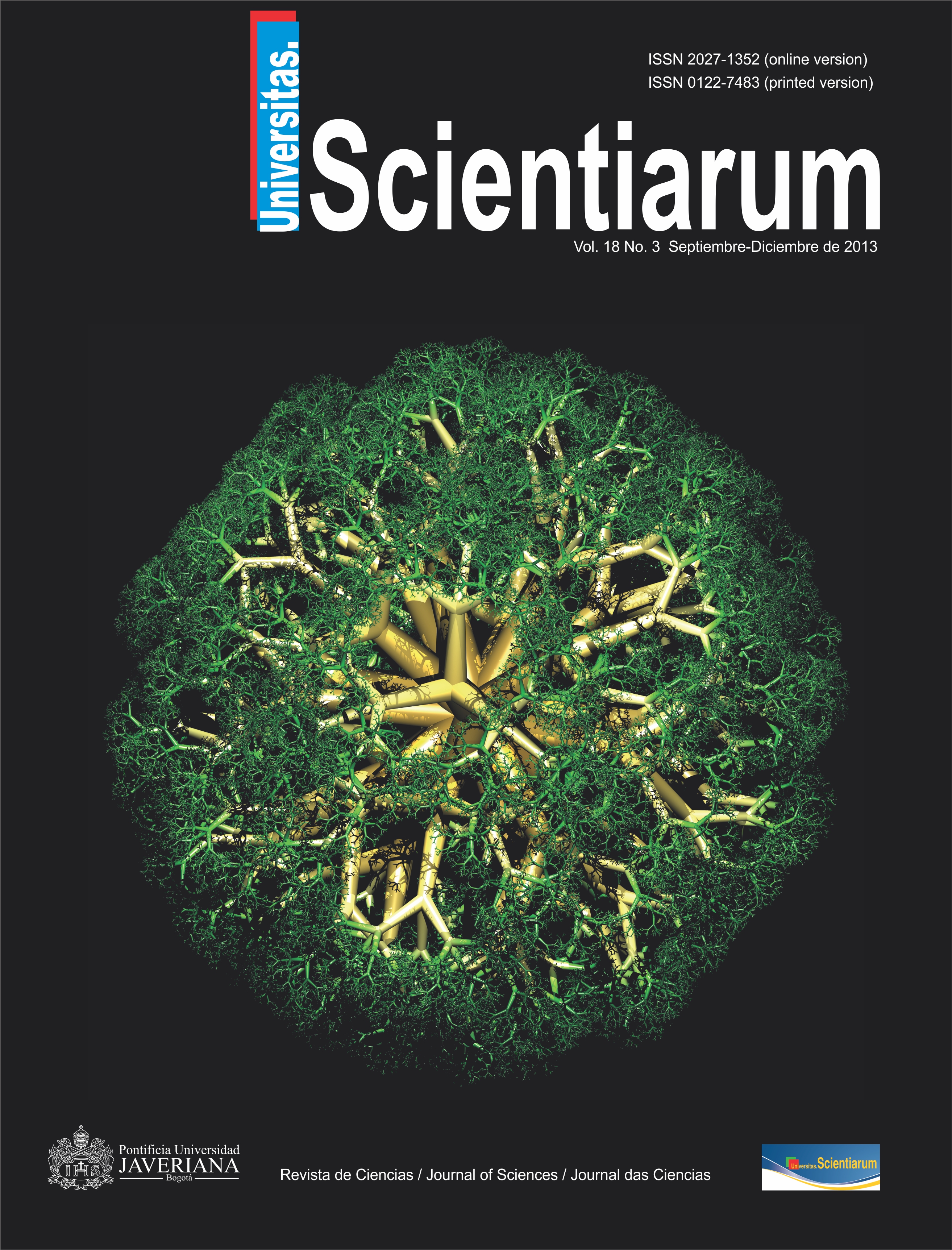Tolerancia al aluminio en especies vegetales: mecanismos y genes
##plugins.themes.bootstrap3.article.details##
Agricultural production in the Colombian Orinoco is affected by the high aluminum content found in 4.5 million hectares. Genotypes of different species have acquired different levels of tolerance and signaling pathways through various mechanisms, making a single model impossible. Some of the molecules commonly involved in the tolerance response have already been identified. To identify candidate genes to produce aluminum-tolerant cultivars, we consulted scientific articles published between 1987 and 2013. We obtained data of aluminum-tolerant materials and molecular mechanisms for tolerance through reports of techniques using hybridization, mutation, molecular marker-assisted selection and gene transfer. We found several reports on wholly or partially characterized genes with potential use in genetic engineering and in marker assisted selection to obtain aluminum tolerant genotypes.


